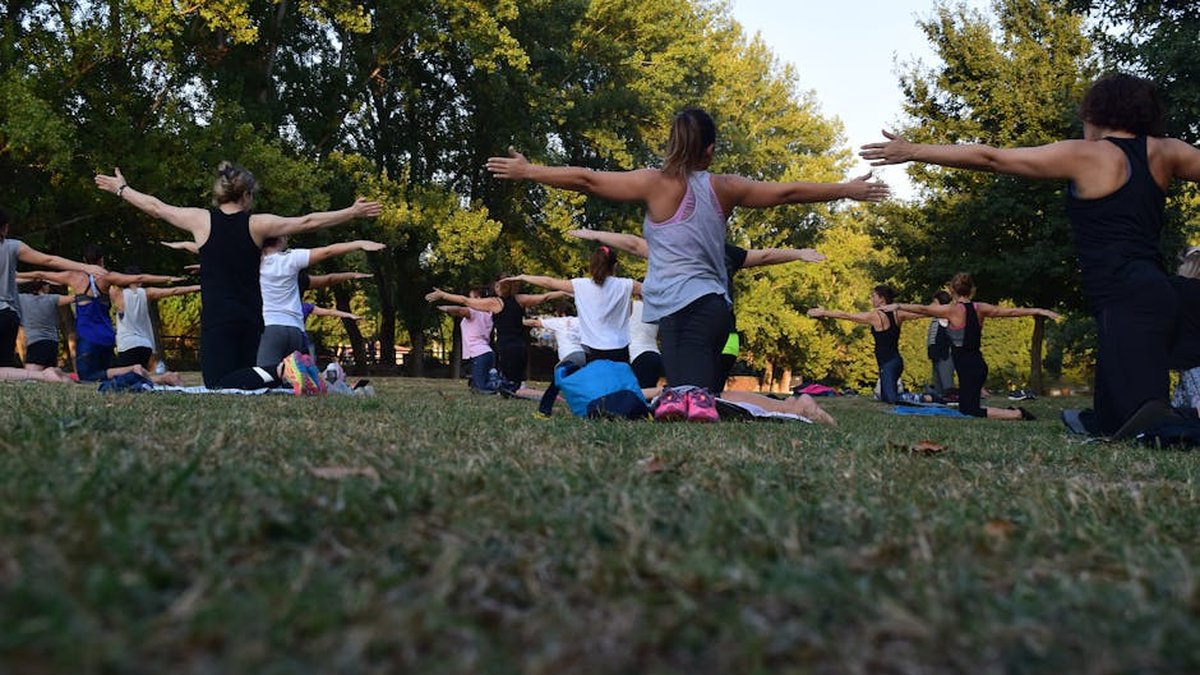Living Well with Long COVID: Effective Strategies for Managing Fatigue and Brain Fog This Fall
Introduction: Embracing Autumn with Resilience
As the leaves change and the air turns crisp, fall can be a beautiful time of year. However, for those grappling with Long COVID, the season can bring its own set of challenges, particularly when it comes to managing persistent fatigue and debilitating brain fog. Long COVID, also known as Post-Acute Sequelae of SARS-CoV-2 infection (PASC), can linger for months after the initial infection, leaving individuals struggling with a range of symptoms that significantly impact their quality of life. This article provides practical strategies and advice to help you navigate these challenges and live well with Long COVID this fall.
Understanding Long COVID Fatigue and Brain Fog
Fatigue and brain fog are two of the most commonly reported and debilitating symptoms of Long COVID. Understanding the underlying mechanisms can empower you to take proactive steps towards managing them.
What is Long COVID Fatigue?
Long COVID fatigue is not simply feeling tired. It’s a profound and often overwhelming sense of exhaustion that doesn’t improve with rest. It can be physical, mental, or emotional, and it can fluctuate in intensity. This fatigue is often described as post-exertional malaise (PEM), meaning symptoms worsen after even minimal physical or mental activity. For example, a short walk or a simple phone call can trigger a significant crash.
Decoding Brain Fog
Brain fog, another common Long COVID symptom, manifests as difficulty with concentration, memory, and overall cognitive function. Individuals may experience:
- Difficulty focusing and paying attention
- Problems with short-term memory
- Slowed thinking and processing speed
- Mental fatigue and difficulty concentrating
- Difficulty finding the right words
Effective Strategies for Managing Fatigue
Managing fatigue requires a multifaceted approach that combines lifestyle adjustments, pacing strategies, and, when appropriate, medical interventions.
Pacing and Energy Conservation
Pacing is a crucial strategy for managing Long COVID fatigue. It involves breaking down activities into smaller, more manageable chunks, and incorporating rest periods throughout the day. Avoid pushing yourself to the point of exhaustion. Listen to your body and prioritize rest when needed. For example, if you want to clean your house, break it down into 15-minute cleaning sessions with 30-minute breaks in between.
Prioritizing Rest and Sleep
Adequate rest and sleep are essential for recovery. Aim for 7-9 hours of quality sleep each night. Establish a consistent sleep schedule and create a relaxing bedtime routine. Avoid caffeine and alcohol before bed, and ensure your bedroom is dark, quiet, and cool.
Gentle Exercise and Movement
While it may seem counterintuitive, gentle exercise can help improve fatigue over time. However, it’s crucial to avoid overexertion and triggering PEM. Start with very short, low-intensity activities, such as stretching, yoga, or short walks. Gradually increase the duration and intensity as tolerated. Consider working with a physical therapist experienced in Long COVID to develop a safe and effective exercise plan.
Conquering Brain Fog: Strategies for Cognitive Clarity
Brain fog can be incredibly frustrating, but there are strategies you can implement to improve your cognitive function.
Cognitive Rehabilitation Techniques
Cognitive rehabilitation involves exercises and strategies designed to improve attention, memory, and other cognitive skills. These techniques can be learned through online resources or with the guidance of a cognitive therapist. Examples include memory games, puzzles, and mindfulness exercises.
Environmental Adjustments
Creating a supportive environment can significantly reduce the impact of brain fog. Minimize distractions by working in a quiet space. Break down tasks into smaller, more manageable steps. Use visual aids, such as calendars and to-do lists, to help with organization and memory. For example, post a daily schedule on your refrigerator.
Diet and Hydration
A healthy diet and adequate hydration are essential for brain health. Focus on whole, unprocessed foods, including fruits, vegetables, lean protein, and healthy fats. Stay hydrated by drinking plenty of water throughout the day. Limit caffeine and alcohol, as they can worsen brain fog.
Mindfulness and Meditation
Mindfulness and meditation can help improve focus, attention, and cognitive function. Regular practice can reduce stress and improve overall well-being. There are many free meditation apps and online resources available.
Seeking Support and Building Community
Living with Long COVID can be isolating, but it’s important to remember that you’re not alone. Connecting with others who understand your experience can provide invaluable support and encouragement.
Joining Support Groups
There are many online and in-person support groups for individuals with Long COVID. These groups provide a safe space to share experiences, ask questions, and learn from others. Search online for Long COVID support groups in your area or connect with online communities.
Working with Healthcare Professionals
It’s crucial to work with healthcare professionals who are knowledgeable about Long COVID. This may include your primary care physician, a neurologist, a pulmonologist, or a physical therapist. They can help you develop a personalized treatment plan to manage your symptoms and improve your quality of life.
Conclusion: Reclaiming Your Well-being
Living with Long COVID presents significant challenges, but it’s possible to manage your symptoms and reclaim your well-being. By implementing the strategies outlined in this article, prioritizing rest, seeking support, and working with healthcare professionals, you can navigate the challenges of Long COVID and embrace the beauty of fall with resilience and hope. Remember to be patient with yourself, celebrate small victories, and focus on what you can control. You are not alone in this journey.






